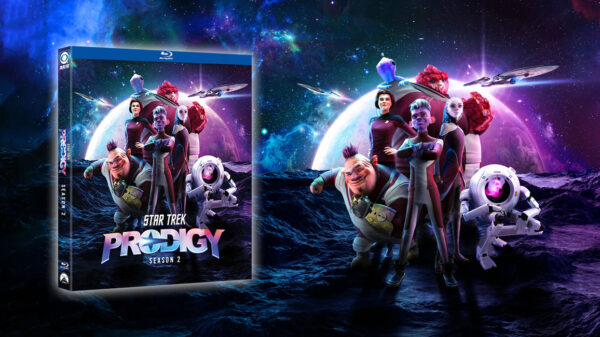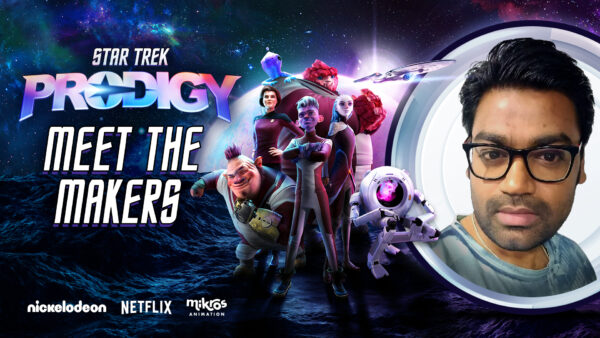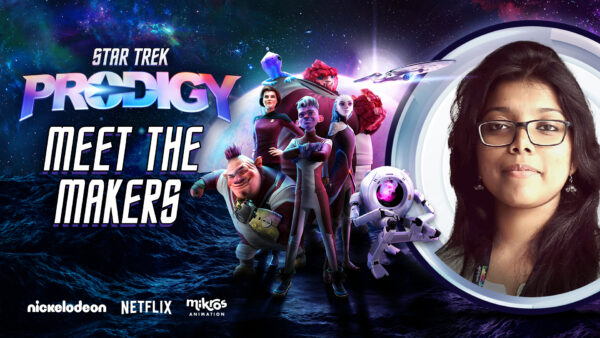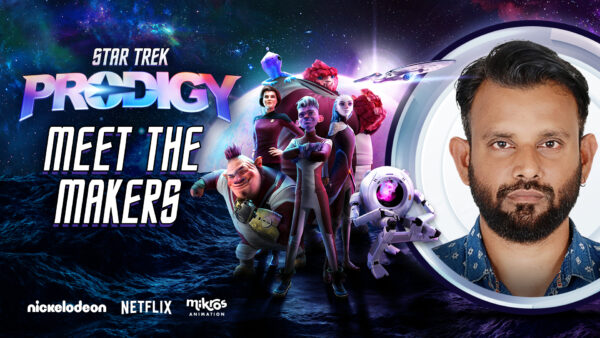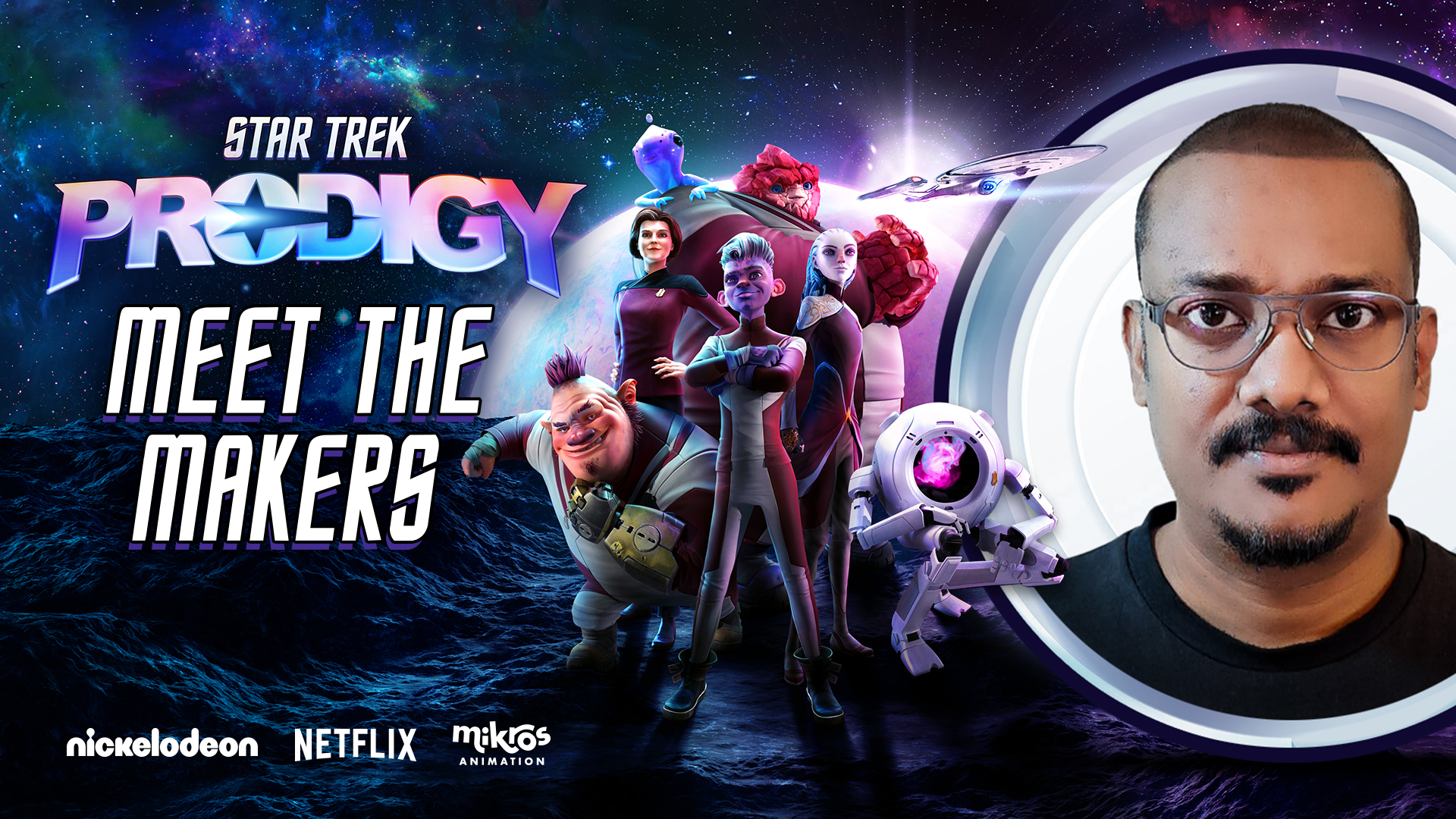
In this exclusive interview, we sit down with Anil Sam, the Senior Supervisor behind the captivating animation of Star Trek: Prodigy. Anil shares his deep-rooted passion for the Star Trek universe, the creative processes and technical challenges faced during the series’ production, and the collaborative efforts that brought this beloved franchise to life in a new, visually stunning format. From his favorite characters to the cutting-edge technology used, Anil offers an insightful glimpse into the making of Star Trek: Prodigy and the lessons he’s taking forward in his career.
- Were you already familiar with the Star Trek universe before you started work on the series?
Yes! I am a huge fan of the Star Trek universe and have been following it since my childhood!
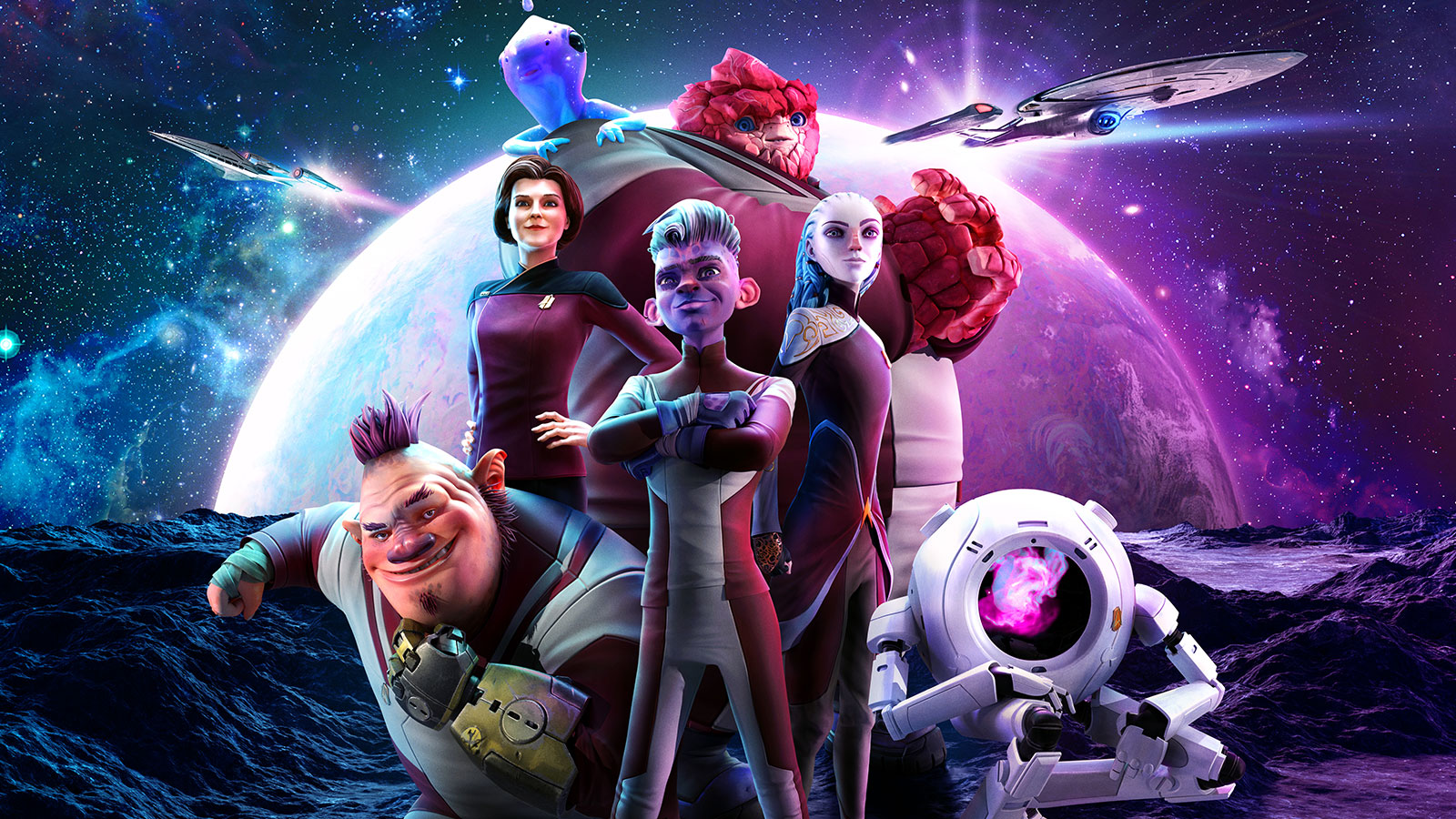
- How does season 2 compare to the first?
Season 2 has significantly raised the quality bar. It is now more than just a children’s show; it appeals to both adults and longtime Star Trek fans, maintaining its essence while delivering a more mature experience.
- Can you talk about the creative process behind the animation of “Star Trek: Prodigy”?
The creative process behind the lighting of “Star Trek: Prodigy” involved close collaboration with the series creators, focusing on enhancing the visual look, defining character styles, and utilizing advanced CG techniques to authentically bring the Star Trek universe to life.
- What were the biggest technical challenges you faced while animating and creating the backgrounds and special effects for both seasons of the series?
The biggest technical challenges we faced while animating and creating the backgrounds and special effects for both seasons of “Star Trek: Prodigy” were meeting the high creative expectations set by the show creators and achieving the desired quality within the planned schedule. Additionally, replicating the intricate timelines and iconic locations of the main franchise in the CG world was quite challenging.
Warning: Invalid argument supplied for foreach() in /mnt/efs/hosts/www.mikrosanimation.com/uploads/cache/3496d40b64259f46602c416d42f850dee88fce70.php on line 12
- How did you approach the design of the settings and environments to faithfully reflect the aesthetic of the Star Trek universe while bringing a unique touch to “Prodigy”?
To faithfully reflect the aesthetic of the Star Trek universe while bringing a unique touch to “Prodigy,” our team, comprised of talented individuals, conducted extensive research on all Star Trek movies. We meticulously analysed the design elements and environments, abstracting these details into a CG style that complemented the storyline. Our creative approach balanced homage to the iconic visuals of Star Trek with innovative touches that distinguished “Prodigy”. The series creators welcomed regular creative input from our team, ensuring our designs captured the essence of Star Trek while introducing fresh and captivating settings.
- Can you share details about the technology and software you used to create the animations, FX and environments for the series?
We used Redshift for Lighting rendering and Nuke for compositing. Additionally, we developed custom tools at Mikros specifically for “Star Trek: Prodigy” to enhance our animations, effects, and environments.
- Which character, scenes or sequences are you most proud of in Star Trek: Prodigy?
Janeway has always been my all-time favourite character. Each time we created a sequence, I felt it was the best one yet, only to surpass it with the next episode. I’m truly proud to work on such a legendary show.

- How did your team manage visual and narrative continuity across different seasons and episodes, especially considering the complex story arcs and character development?
Given the show’s complexity, we ensured regular dailies were scheduled to keep the team synchronized with the show’s expectations. We developed libraries and custom tools to maintain visual and narrative continuity across all seasons, managing complex story arcs and character development with meticulous attention to detail.
- What lessons or insights did you gain from working on this project that you plan to apply to your future projects?
From working on this project, I learned the importance of storytelling through lighting and the enhancement of intricate details. Additionally, I gained valuable insights into when to break conventional rules to elevate the narrative, which I plan to apply to my future projects.
